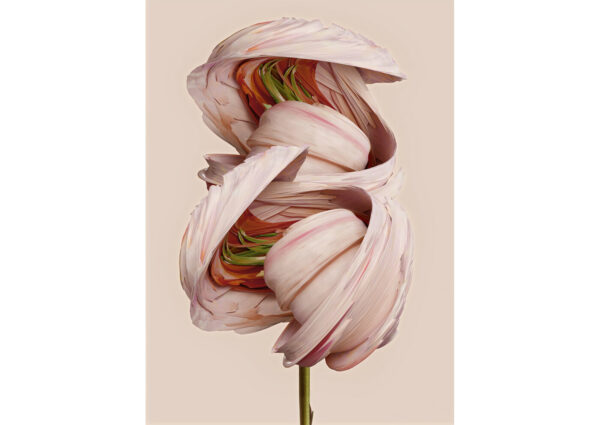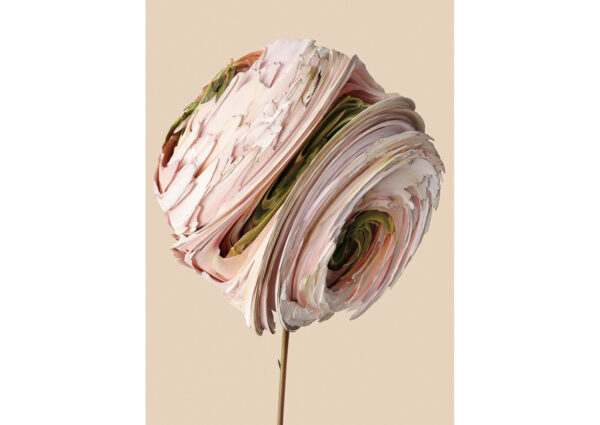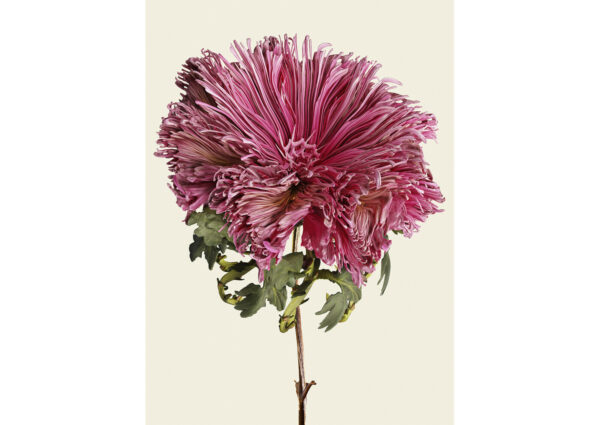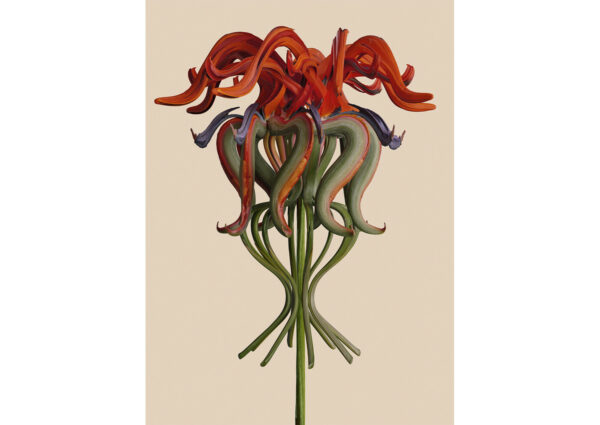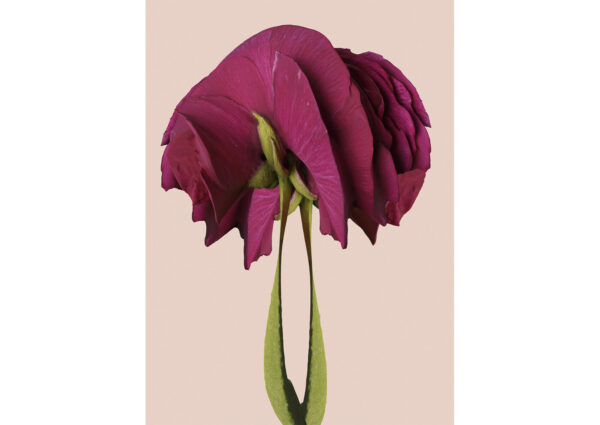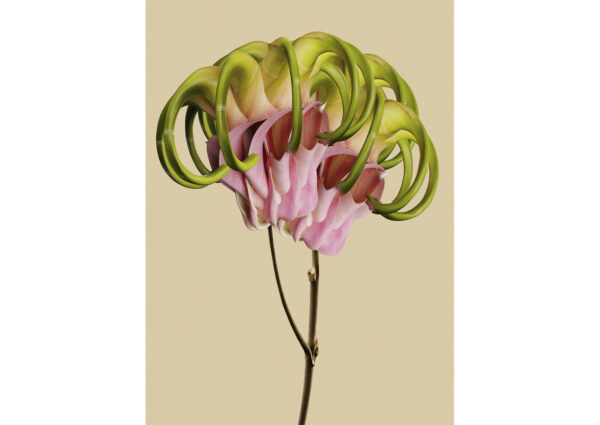Flora incognita
Herbier d’Astrobotanique Potentielle
Entre surréalisme et spéculation scientifique, le projet Flora incognita imagine à quoi pourrait ressembler notre flore terrestre si elle poussait sur d’autres planètes. Inspiré par la singularité des exo planètes récemment découvertes, cet herbier extrapole une autre forme de vie végétale capables de s’adapter à des phénomènes extrêmes : vent supersonique, effondrement gravitationnel, océan de vapeur, raz-de-marée gazeux, pluie métallique, glace chaude, jours et nuits sans fin…
Ce dialogue entre le terrestre et l’extra terrestre résonne particulièrement aujourd’hui avec les métamorphoses du monde vivant et ses représentations toujours plus perfectionnées. La technique de la photogrammétrie utilisé pour modéliser les végétaux à partir d’un assemblage de centaines de photographies permet dès lors d’extrapoler les architectures de croissance tout en restituant au végétal ses qualités de formes, de couleurs et de matières avec énormément de précisions et de détails.
Présenté sous forme de planches encyclopédiques, cet herbier d’astrobotanique potentielle est le fruit d’échanges avec plusieurs scientifiques en exobiologie spéculative et astrobiologie, associés au Museum national d’Histoire naturel, CNRS et NASA.
L’herbier est accompagné d’un «bauplan» qui organise les éléments constitutifs partagés par toutes les espèces végétales et d’une classification phylogénétique sur leur degré de parenté.
Par effet miroir, anticiper l’adaptabilité de notre flore sur d’autres planètes pose la question des défis terrestres face aux bouleversements climatiques. Cette œuvre de biologie spéculative propose une réinvention du vivant dont les transformations possibles se déploient à l’infini comme un jardin des délices, en référence au célèbre tableau du primitif flamand Hieronymus Bosch qui, avec d’autres peintres de son temps, a dessiné les premiers paysages de l’humanité, entre croyance, réalité et utopie.
_
Edition
10 + 2 épreuves d’artiste, tous formats confondus
Formats
65×90 cm / 80×140 cm
Technique
Tirage chromogène sur papier Ilfoflex, contrecollé sur dibond avec encadrement boîte américaine chêne, verre musée et plaque en laiton.
Flora incognita
Herbarium of Potential Astrobotany
Between Surrealism and Scientific Speculation, the Flora incognita project envisions what Earth’s flora might look like if it grew on other planets.
Inspired by the uniqueness of recently discovered exoplanets, this herbarium extrapolates new forms of plant life capable of adapting to extreme phenomena: supersonic winds, gravitational collapse, vapor oceans, gaseous tidal waves, metallic rain, hot ice, and endless days and nights.
This dialogue between the terrestrial and the extraterrestrial resonates particularly today with the metamorphoses of the living world and its increasingly sophisticated representations. The use of photogrammetry—a technique that models plants by assembling hundreds of photographs—allows for the extrapolation of growth architectures while preserving the plants’ precise forms, colors, and textures with exceptional detail.
Presented as encyclopedic plates, this potential astrobotanical herbarium is the result of exchanges with several scientists specializing in speculative exobiology and astrobiology, in collaboration with the National Museum of Natural History, the CNRS, and NASA. The herbarium is accompanied by a “bauplan,” which organizes the shared structural elements of all plant species, and a phylogenetic classification based on their degrees of relatedness.
By mirroring the potential adaptability of our flora on other planets, the project also raises questions about the challenges Earth faces in the context of climate upheavals. This work of speculative biology proposes a reinvention of life, with transformative possibilities unfolding infinitely, like a garden of delights—a nod to the famous painting by the Flemish Primitive Hieronymus Bosch, who, alongside other artists of his time, created the first landscapes of humanity, blending belief, reality, and utopia.
_
Edition
10 + 2 Artist proofs, all formats included.
Format
2 formats : 65×90 cm / 25,60×35,43 inch and 80×14080 cm / 31,5×55,11 inch
Technique
Chromogenic print on Ilfoflex paper, mounted on Dibond with oak shadow box framing, museum glass, and brass plate.


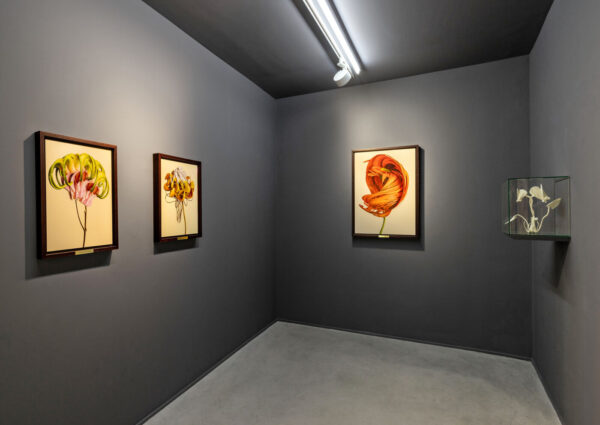

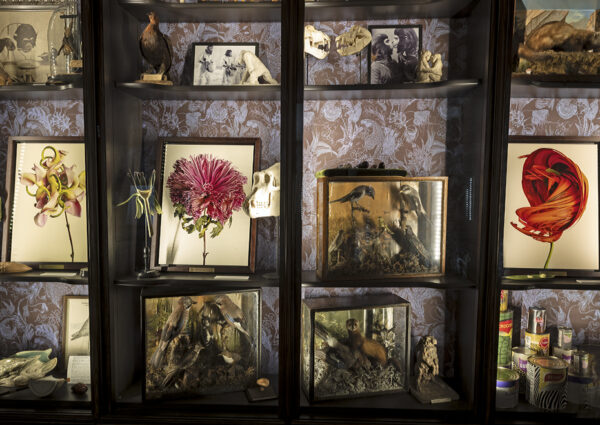
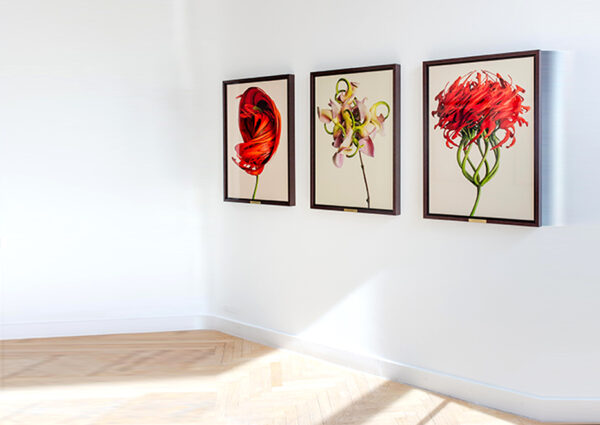
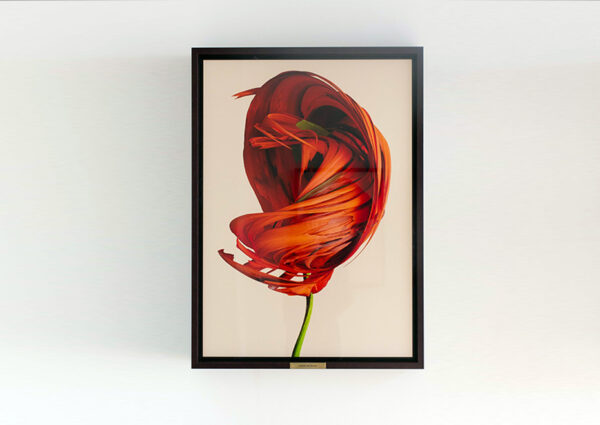

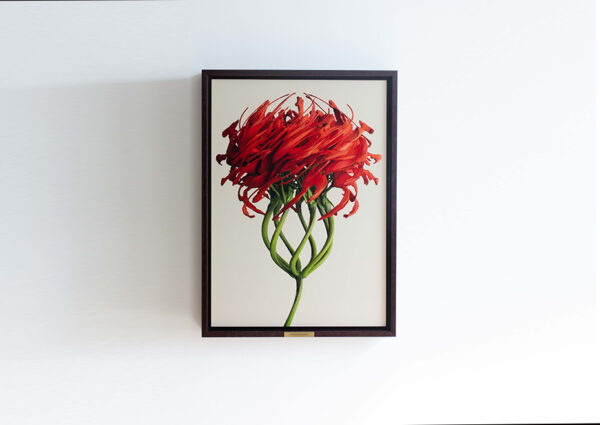
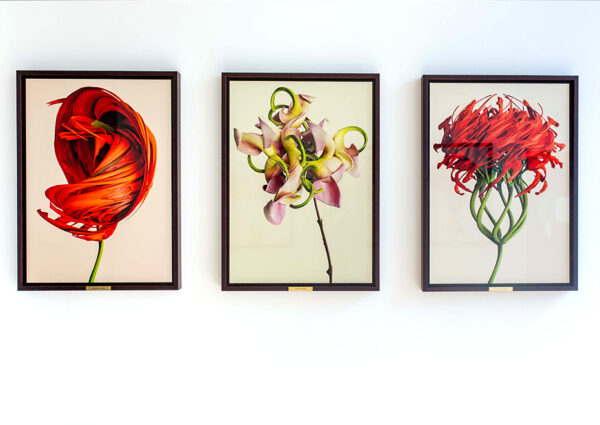
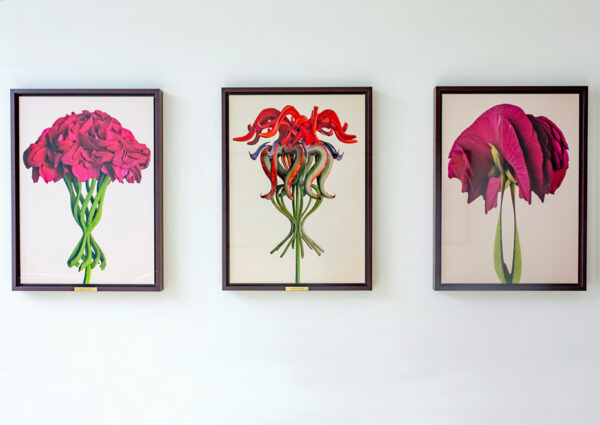

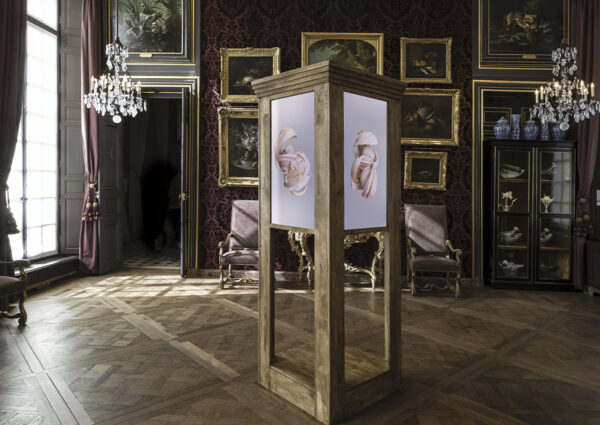
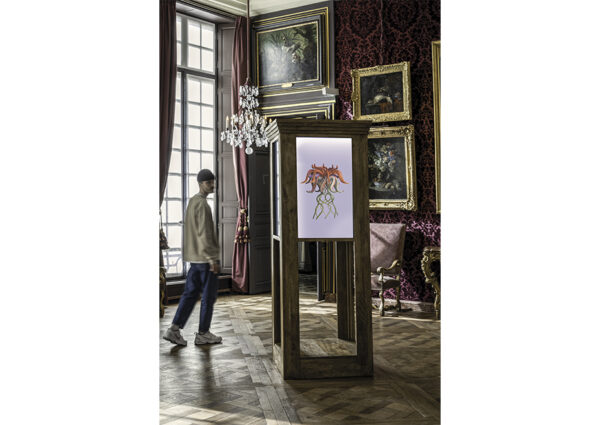

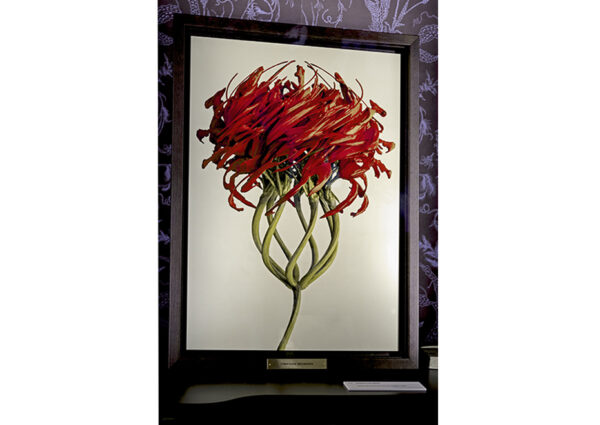
![Aeolifolia Spectra [Umbra-3b]](https://www.vincentfournier.co.uk/wp-content/uploads/2024/10/Aeolifolia-Spectra-600x425.jpg)




